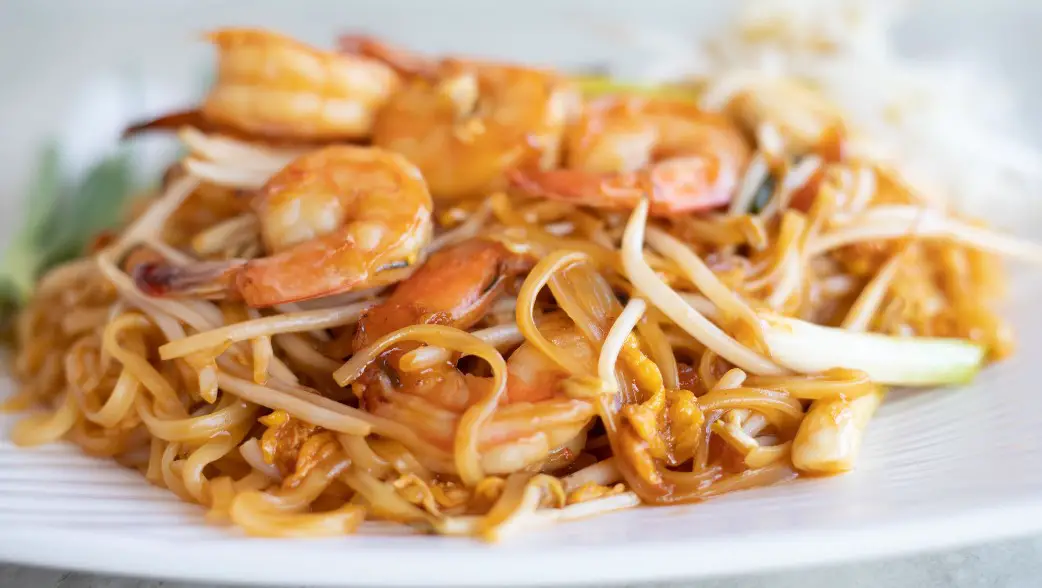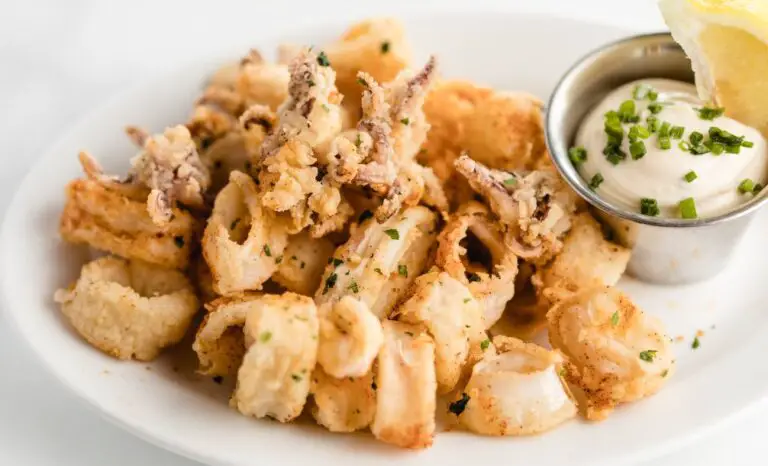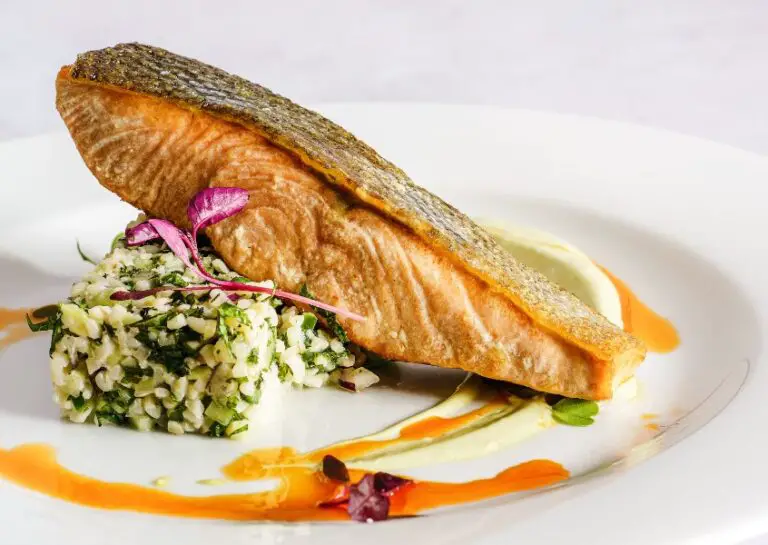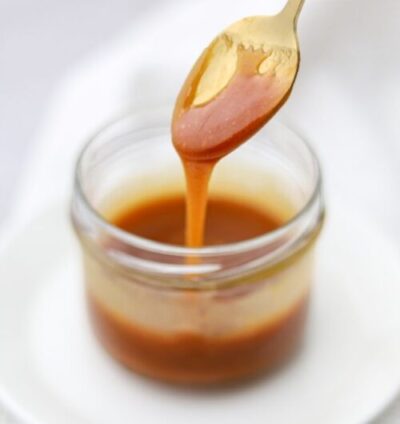I love Pad Thai! It’s both deliciously flavorful and, I’ve found, surprisingly tricky to get just right. Its combination of tangy, sweet, and savory should captivate your taste buds with every bite.
But if you, like me, have ever been greeted with a plate of soggy noodles, you understand how this delightful dish can quickly turn disappointing. If you’re scratching your head, trying to figure out why your Pad Thai doesn’t have that craved texture, I’ve been there. Let’s dive in.
Reasons Why Your Pad Thai Might Be Soggy

1. Over soaking the Noodles:
Noodles are the heart of Pad Thai. How you prepare them can either make the dish a hit or a miss. Soaking them is essential to nail the texture, but I’ve learned the hard way it’s easy to slip up here.
Noodles should be almost fully-cooked during soaking, retaining a bit of firmness. If you leave them to soak too long or in excessively hot water, they turn too soft.
This over-softness then causes them to become mushy when finally cooked in the pan, as they absorb more sauce and moisture than intended.
2. Overloading the Pan
I’ve discovered that cooking isn’t just about the ingredients; technique is equally crucial. If you dump too many noodles or cram too many ingredients into your pan, it gets overcrowded.
This leads to uneven cooking, with ingredients more steamed than fried due to trapped moisture. And, when this happens, the crucial evaporation that keeps sogginess at bay? Doesn’t happen. The result? Yep, a disappointingly soggy Pad Thai.
3. Sauce Consistency
The charm of Pad Thai lies in its perfectly balanced flavors. The sauce plays a central role in this. But, if it’s too thin, or if it stays on the heat longer than it should, it drowns the noodles.
I’ve found that the perfect Pad Thai sauce should be thick enough to coat the back of a spoon and integrate with the noodles seamlessly. Over-thinning the sauce or cooking it for too long can lead to a dish that’s more like a noodle soup than the stir-fried delicacy it’s meant to be.
4. Excess Water
Water is essential in many cooking processes, but when it comes to stir-frying, less is often more. Tossing in extra water while cooking your Pad Thai could ruin its texture.
It might seem like a solution to prevent sticking or to help ingredients blend, but in reality, it can quickly make the noodles limp. It’s all about striking a balance to maintain the flavor without ruining the texture.
How to Prevent Pad Thai From Being Soggy
1. Soak the Noodles Judiciously
The first step towards a non-soggy Pad Thai is soaking your noodles right. Different brands may have varying requirements. While some noodles soften perfectly in cool tap water, others need warm or even hot water. It’s crucial to adjust your soaking time based on the noodle type.
A secret I picked up from Thai chefs? Using a strainer. Place the noodles inside and immerse them briefly in boiling water for just a couple of minutes. This method ensures they soften just right without becoming overly tender.
2. Undercook Before the Final Toss
I’ve started treating my Pad Thai noodles as a two-phase cooking process. By undercooking them slightly during the initial preparation, you give them the chance to finish cooking when added to the sauce.
This gradual approach ensures they soak up flavors without losing their desired texture. When the noodles are tossed in the sauce, their residual heat allows them to reach a perfectly al dente state, resulting in a dish that’s neither too soft nor too firm.
3. Use a Hot Pan
Heat is a game-changer when it comes to cooking Pad Thai. A sufficiently hot pan guarantees that your ingredients cook quickly, sealing in flavors and ensuring that moisture evaporates as needed.
When the pan’s temperature is optimal, it aids in the rapid cooking of the ingredients, ensuring that no excess moisture lingers around to make your dish soggy. It’s this swift searing action that can make all the difference between a limp and a lively Pad Thai.
4. Limit the Quantity
As tempting as it is, making a mountainous batch often backfires. By cramming too much into the pan, you risk steaming rather than stir-frying.
What works for me? If I’m making a hefty portion, I split it into smaller batches. This way, each batch gets the attention it deserves, ensuring a uniformly cooked and texture-perfect Pad Thai.
Additional tips for making perfect Pad Thai
1. Organization is Key
Perfecting the art of Pad Thai begins well before the first ingredient hits the pan. Ensuring all ingredients are measured, chopped, and within arm’s reach can be a game-changer. This mise en place technique is particularly vital for a dish like Pad Thai where timing is everything.
Some culinary aficionados firmly believe that the synchrony of adding each ingredient at the right moment is what differentiates an exceptional Pad Thai from a mediocre one.
2. Cook in Stages
The essence of a great Pad Thai lies in respecting each ingredient. I’ve had better outcomes cooking them separately before combining them.
For example, I’ll start with the eggs, ensuring they’re fried just slightly under cooked, and then set them aside. The same principle applies to chicken and tofu. This step-by-step approach ensures every component retains its unique flavor and texture, creating a harmonious dish when combined.
3. Flavor and Texture
Pad Thai is a tantalizing blend of flavors, but it’s also about the right texture. I’ve learned not to be afraid of a little char. That mild caramelization adds a smoky hint, contrasting the dish’s inherent sweetness and sourness.
The most unforgettable Pad Thais I’ve had? Those where the noodles have had a brief fling with the flame, offering tiny crispy bites amongst the softer noodles.
4. Garnish Generously
The final touch can elevate your Pad Thai. Thoughtful garnishing isn’t just for looks; it adds depth. I love adding a generous sprinkle of fresh crushed unsalted peanuts for crunch, a squeeze of lime juice for zest, and a sprig of coriander for that fresh, herbaceous aroma that ties everything together.





